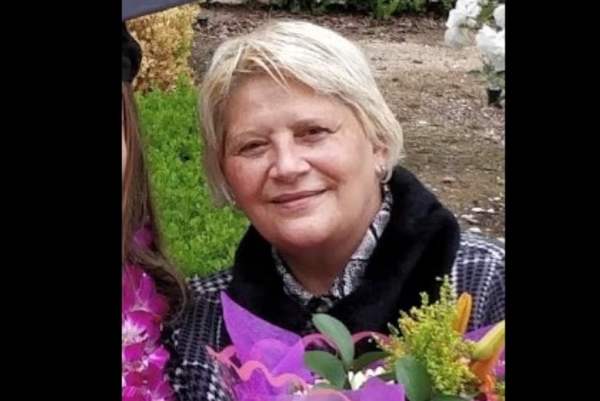The expansive new exhibition Women & Freud: Patients, Pioneers, Artists fills the entire space of London’s Freud Museum. It tells the stories of “Freud’s women” through a mix of visual and historical materials, such as letters, in a way that allows fresh perspectives to emerge.
In this important new exhibition, Freud’s female patients, from whom he learnt so much, are heralded as co-creators of his work and not just hysterical women.
Pioneering psychoanalysts like Melanie Klein, Helene Deutsch and Anna Freud (whose analytic couch is spread with an embroidered linen by Italian artist Carolina Mazzolari) are also rightly celebrated. Psychoanalysis, a theory developed by Freud, treats psychiatric and emotional disorders by investigating the role of the unconscious.
Marie Bonaparte, great-grandniece to Napoleon, intervened to save Freud from the Nazis. She is remembered here through previously undisplayed correspondence. Moving through the 20th century into the present, there are displays concerning a more familiar cast of characters.
Figures such as Juliet Mitchell, who sought to reconcile feminism and psychoanalysis and Julia Kristeva, who powerfully combined psychoanalysis with semiotics and post-structuralist thought are included. But the museum also covers lesser known figures, such as the American-born Maria Battle Singer who was Britain’s first black psychoanalyst and Neusa Santos Souza, a Brazilian analyst and activist.
But by far the most imaginative aspect of the exhibition is the striking introduction of modern artworks into the carefully preserved spaces of Freud’s former home.

Looking for something good? Cut through the noise with a carefully curated selection of the latest releases, live events and exhibitions, straight to your inbox every fortnight, on Fridays. Sign up here.
Throughout the exhibition, images, film footage, artworks and other objects are brought together alongside textual materials in order to ask questions about the women of psychoanalysis. Whether they are patients, analysts, friends and family, or artistic inheritors of its legacy, the experience offers much to think about.
The mother and daughter figures in Portuguese-British artist Paula Rego’s work, for instance, speak back to the Freudian family romance (the highly charged intimacy of parents and children), raising questions about violence, abjection and care.
In one particularly arresting piece, the doll-like figure of a child is squeezed into an oversized chair. Next to her is a grotesquely large, faceless soft toy out of sorts with the stiff proximity of an unwanted embrace. Perhaps it is intended as an anthropomorphic distortion of the mother.
Uncomfortably close to Freud’s famous couch, the centrepiece of his study, is Sarah Lucas’ SEX BOMB (2022). A twisted balloon animal naked in stilettos, the statue’s bronzed buttocks and breasts are bent double over a chair.
In Rachel Kneebone’s sculptures, meanwhile, the contours of psychic shapes are remade in shiny white porcelain, their shimmering surfaces refracting the marbled figures of antiquity.
Part-butterfly, part-vulva, Cornelia Parker’s ink work Poison and Antidote Drawing (2010) riffs on the Rorschach test, which uses inkblots to assess a person’s psychology. The work is a monochromatic provocation composed of rattlesnake venom and antivenom mixed with black and white ink.
Artworks by French-American sculptor Louise Bourgeois reimagine the forms of dismemberment which haunt the psychoanalytic imagination, resulting in corporeal doodles – suggestions of bodily images – which cut into passages of text.
Meanwhile Tracy Emin’s legend in gaudy neon, I Whisper to My Past, Do I Have Another Choice (2010), greets the visitor with the basic challenge of this exhibition writ large. What are our contemporary ideas about femininity, and what contribution might psychoanalysis make to them in the future?
The exhibition’s effort to recast the story of Freud’s relationship to women in a positive light – indeed the relation of psychoanalysis to femininity – is laudable. However, it is left to art to retell this tale through more disturbing interventions.
Women & Freud: Patients, Pioneers, Artists is at the Freud Museum in London until May 5 2025.
Simon Wortham does not work for, consult, own shares in or receive funding from any company or organisation that would benefit from this article, and has disclosed no relevant affiliations beyond their academic appointment.
This article was originally published on The Conversation. Read the original article.







